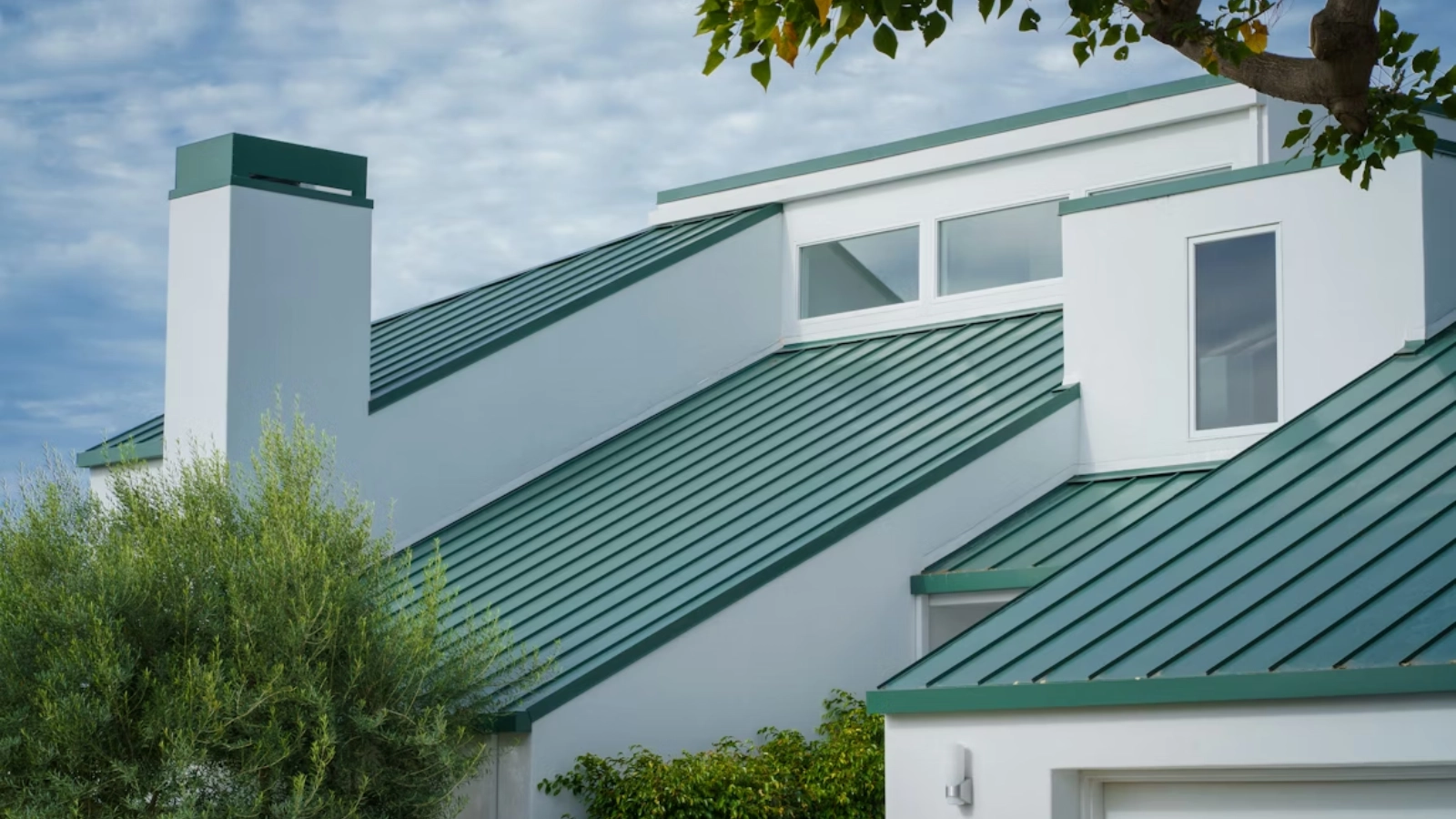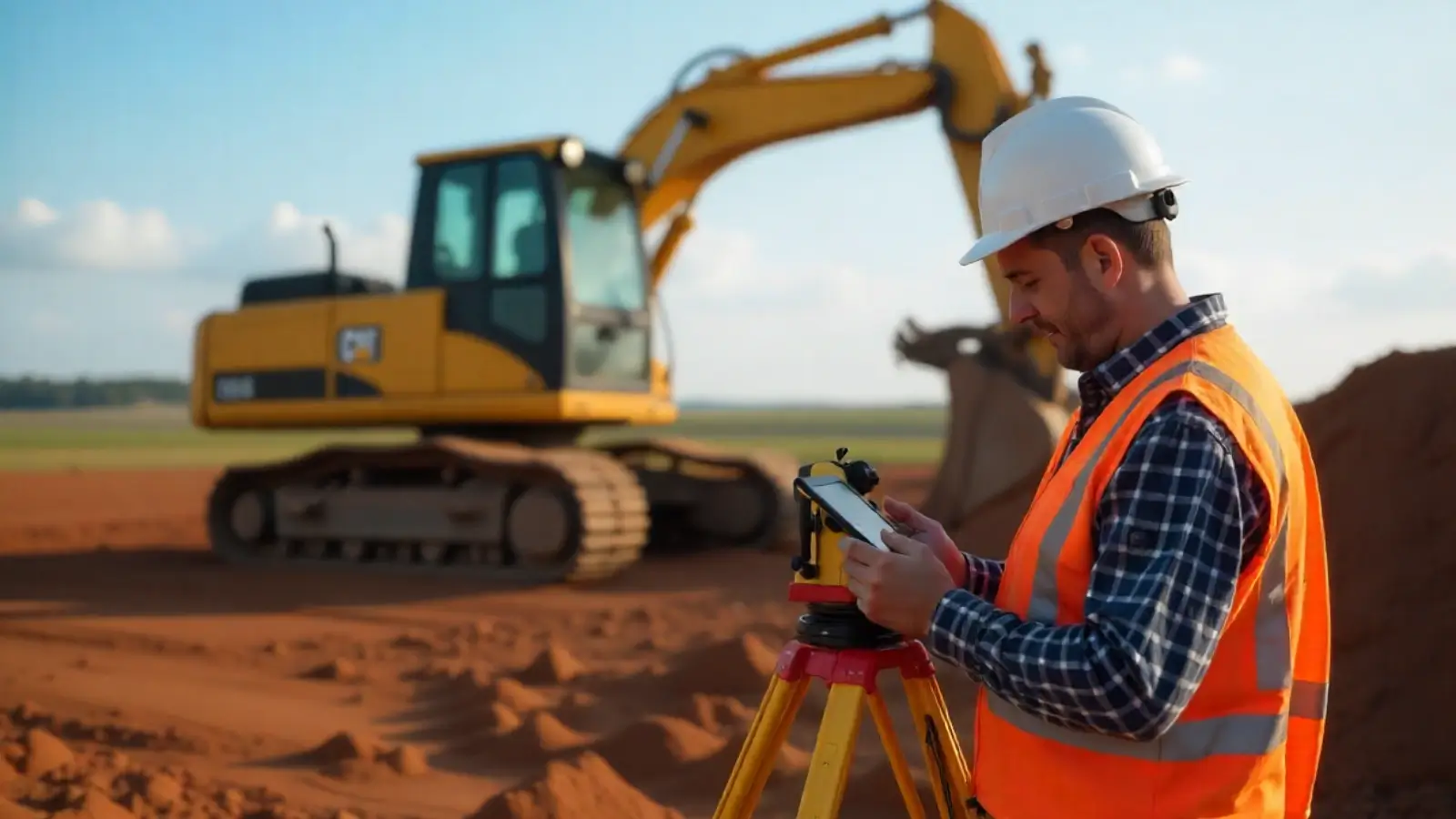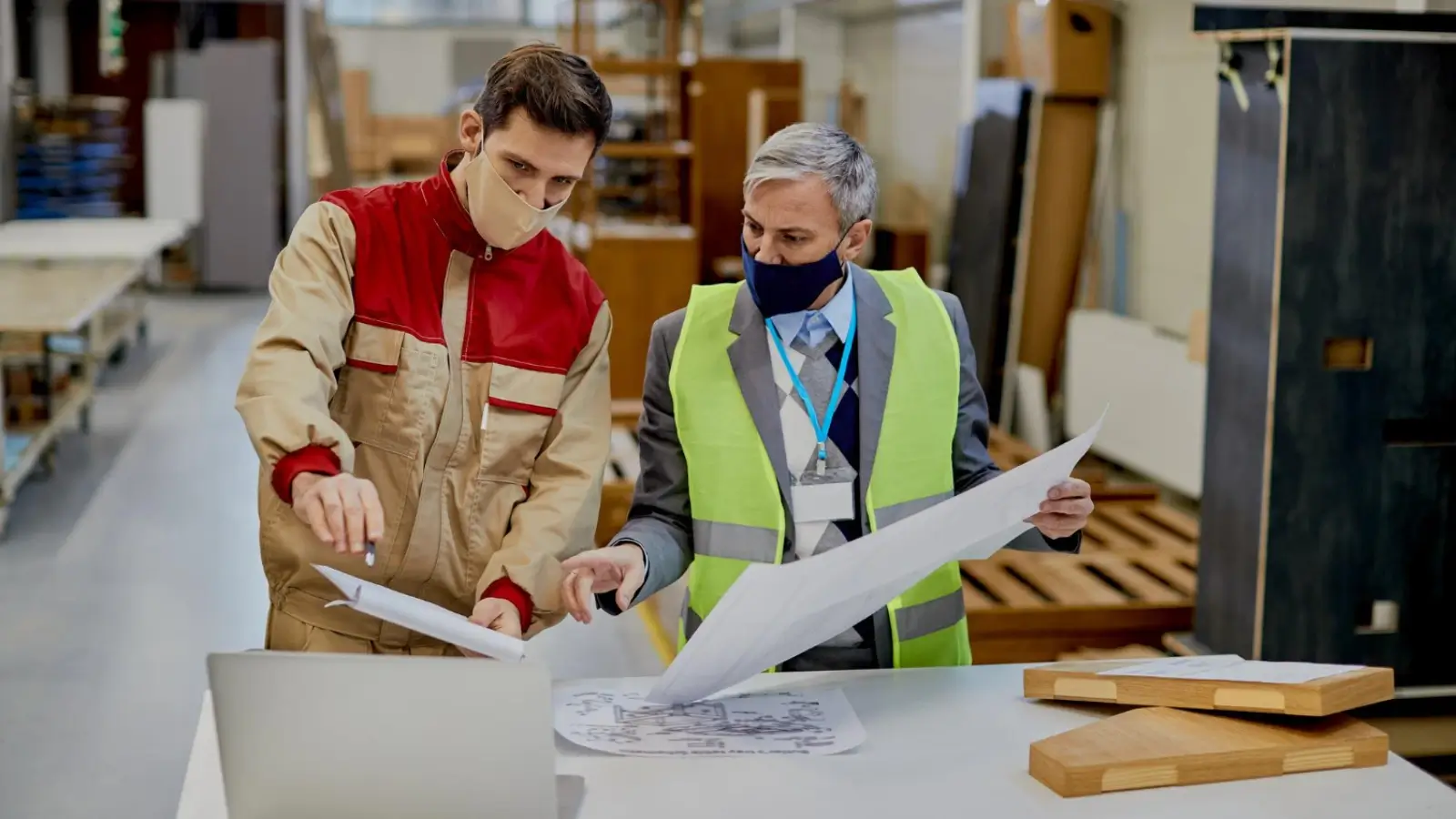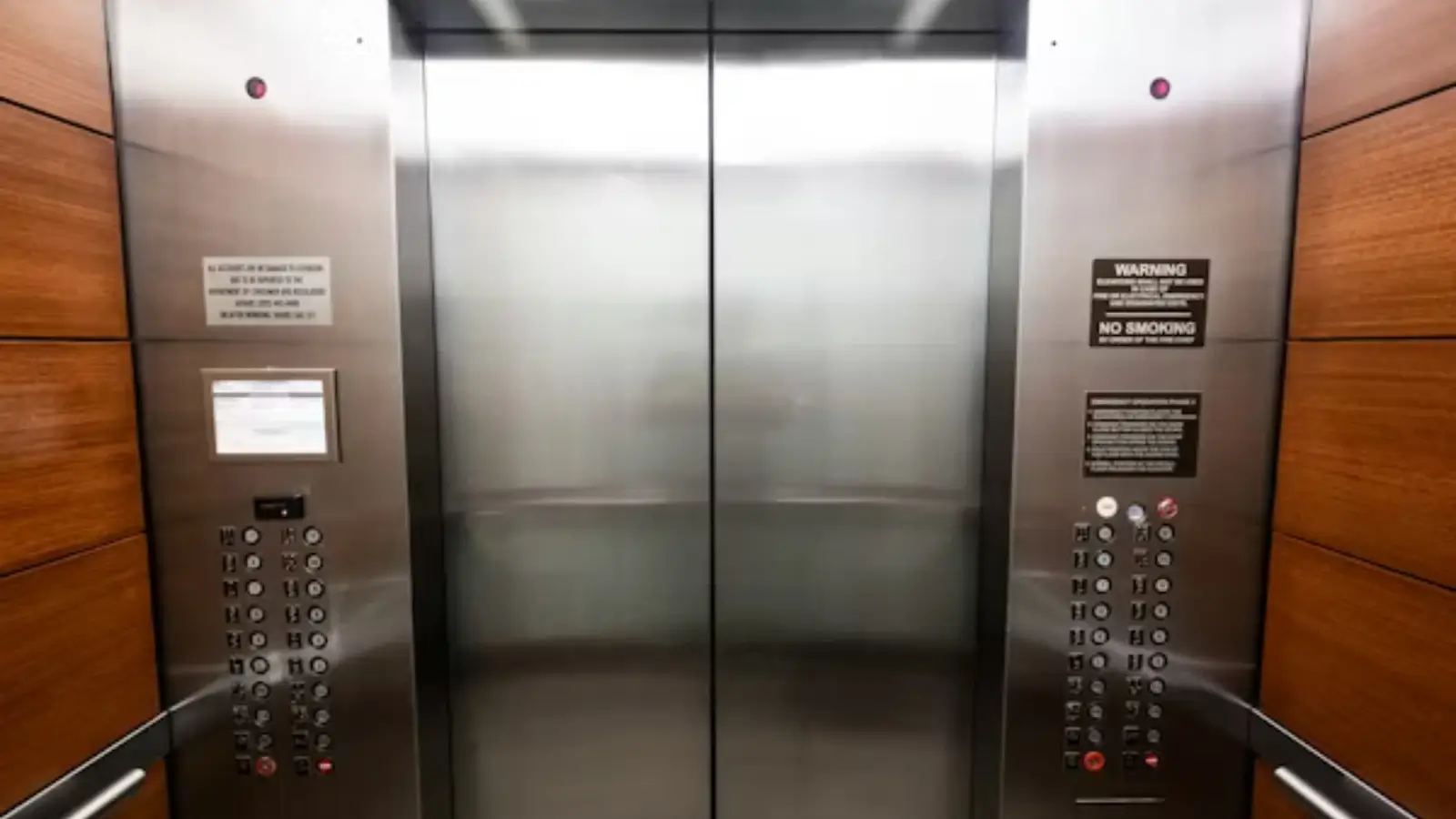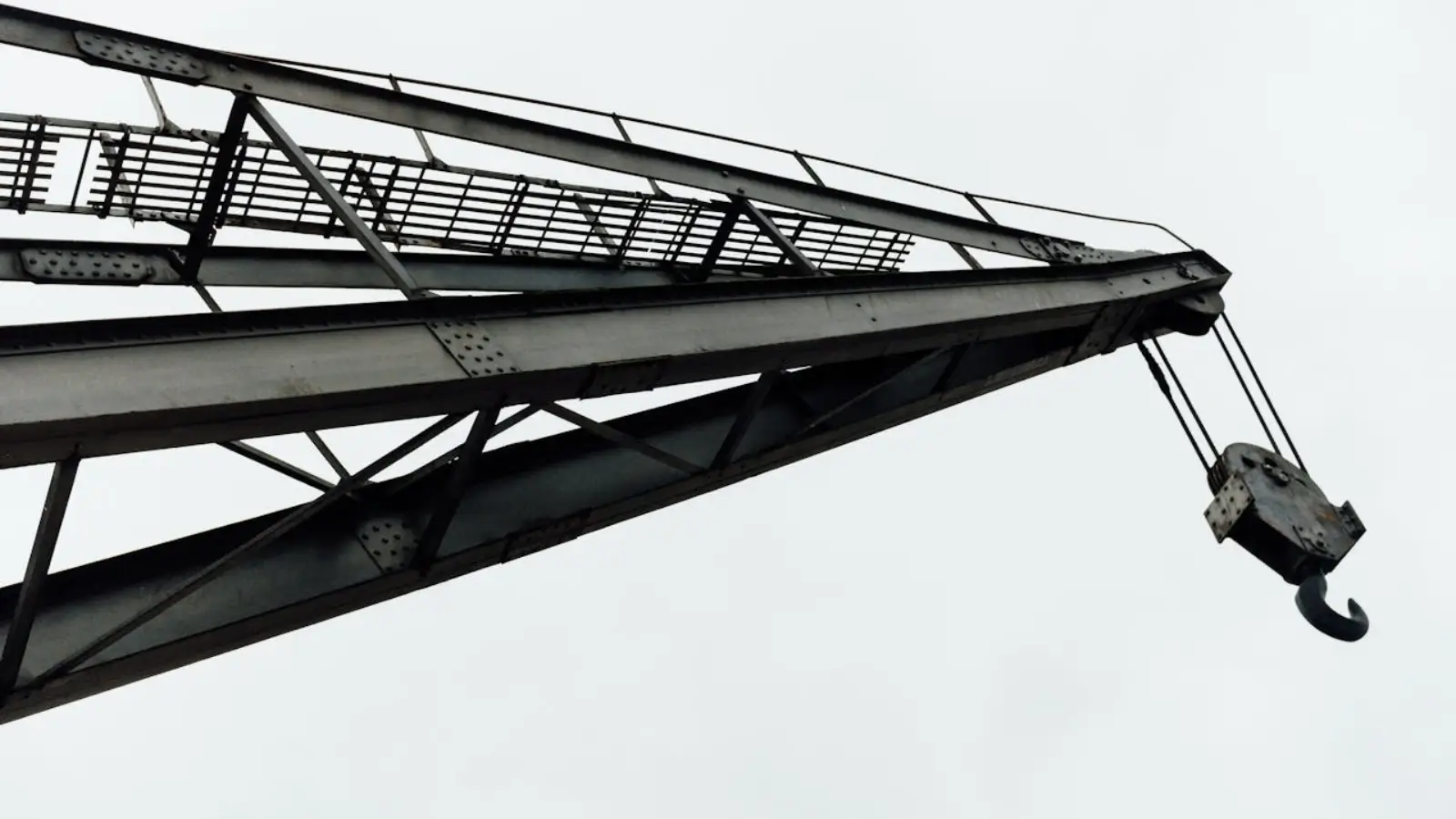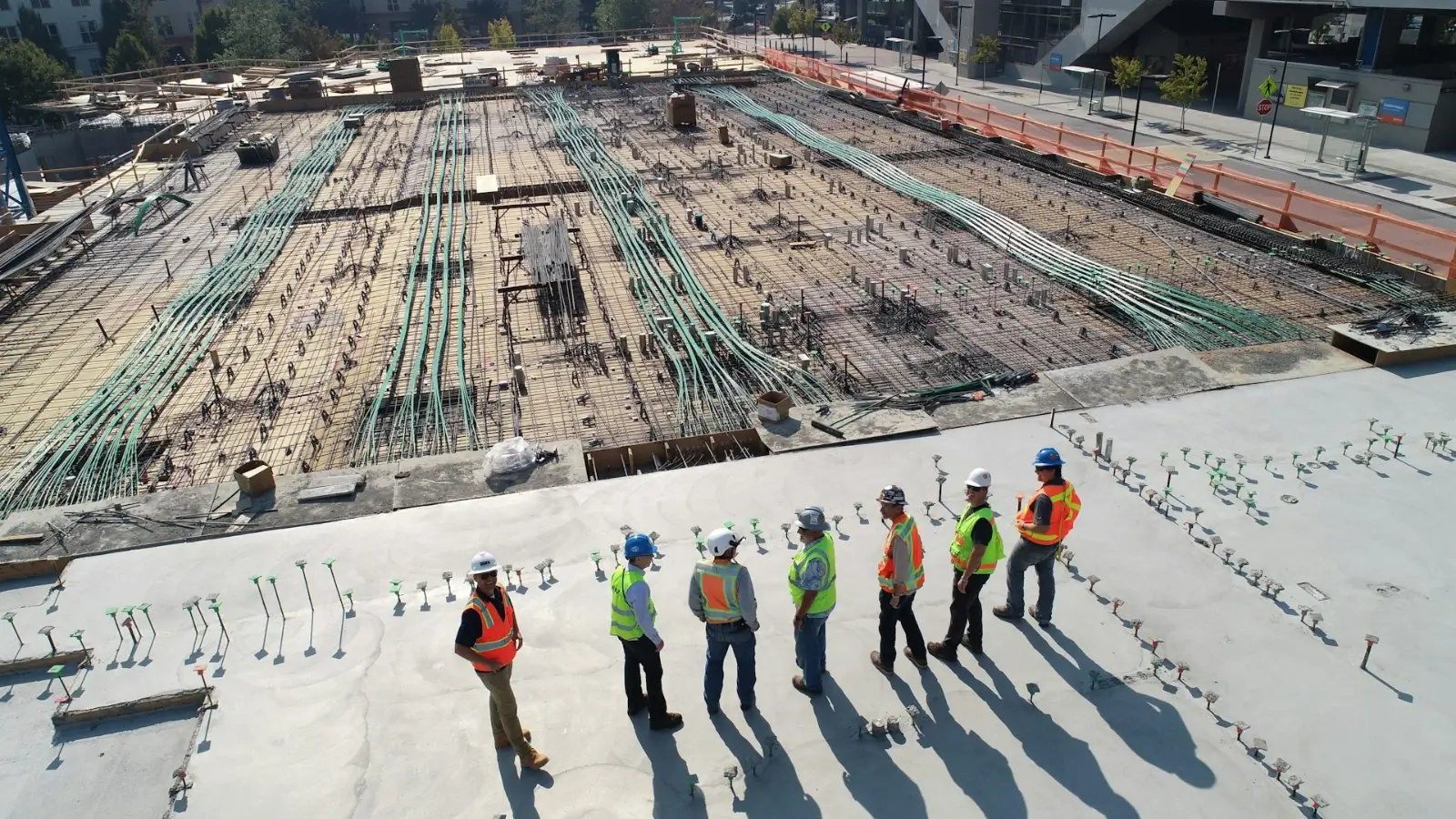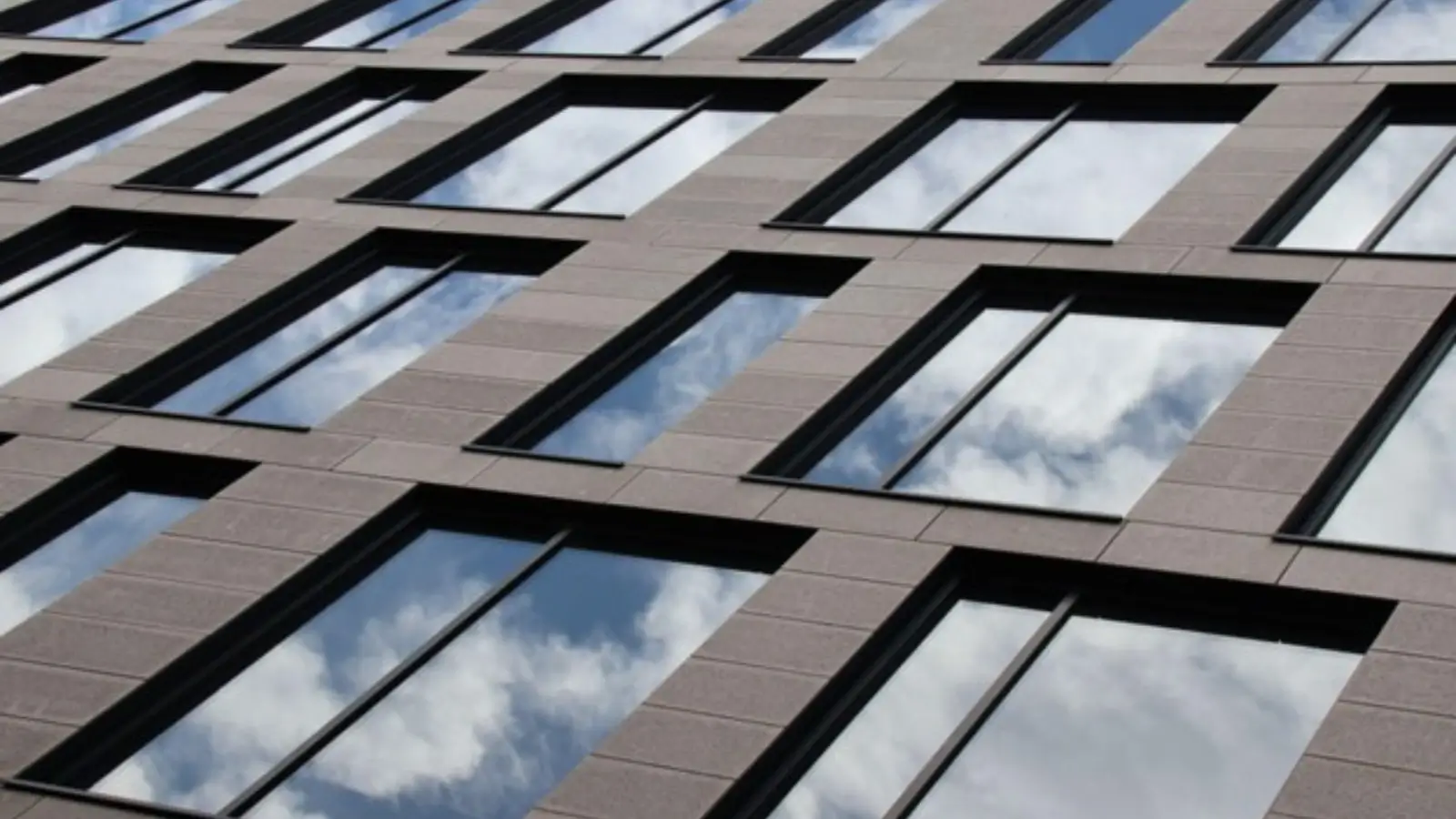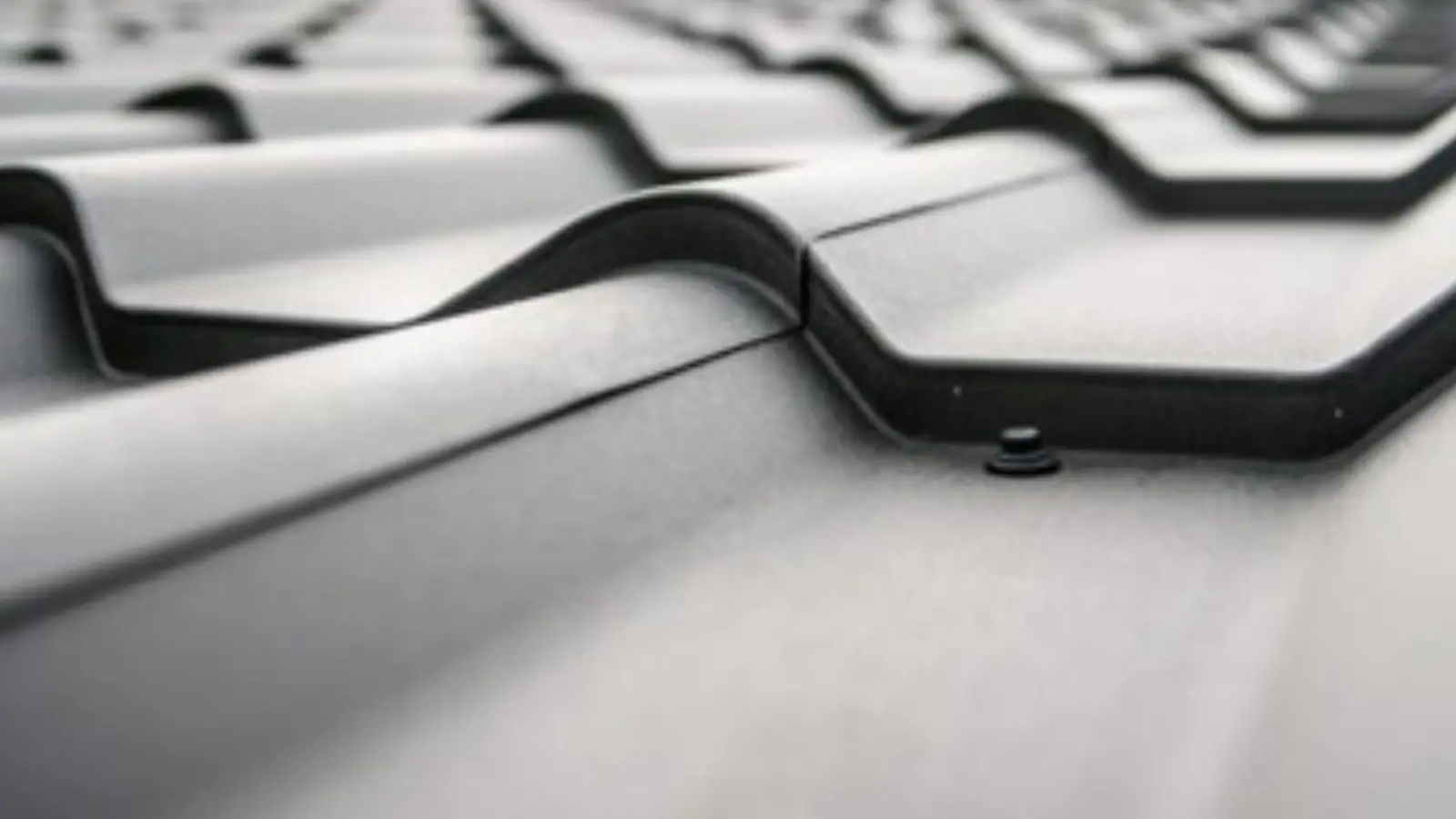It is essential to merge metal elements in industries, including motor automobiles, aerospace, and electronics. Two famous methods to join metals are laser welding and soldering. Both have specific advantages; however, they paint in another way. Let's have a look at those strategies in detail and understand which ones are suitable for specific applications. Learn About Laser Welding Machines.
Stainless steel ball valve is a durable and corrosion-resistant valve designed for controlling the flow of liquids and gases. It features a spherical closure unit that ensures a tight seal, making it ideal for high-pressure and high-temperature applications. Stainless steel ball valves are widely used in industrial, chemical, and plumbing systems for their reliability and longevity.
What is Laser Welding?
Laser welding is a procedure that uses an excessive-power laser beam to merge metal pieces and merging. The laser generates immoderate heat in a concentrated place and creates a sturdy bond.
How does a laser welding paint?
A concentrated laser beam is fixed on steel portions.
Melt the steel surfaces at the factor with acute warmth contact.
The melted metals are combined and merged.
When cooled, the joint freezes inside the identical strong piece.
Why is laser welding used?
Very sturdy ties -
The connection is long lasting and lasting long.
Quick procedure
- The welding technique best takes a few seconds.
Accurate and natural
- The laser focuses extraordinarily, reduces excess warmth, and creates easy welds.
No bodily touch -
The laser no longer, without delay, contacts the metal, preventing wear and tears.
What Materials Can Be Laser Welded?
Laser welding is ideal for metals that can withstand high heat, such as:
- Stainless steel
- Aluminum
- Titanium
- Nickel alloys
- Copper (with specialized techniques)
Common Uses of Laser Welding
Car industry - vehicle crushing, used in engine additives and output systems.
The aviation enterprise - critical for the development of plane and spacecraft.
Medical equipment - creates an accurate weld for surgical gadgets and transplants.
Electronics - Battery packs and circuit forums help to acquire.
Jewelry industries are used for high-quality restoration and sensitive steel.
What is the grip?
Bruising is every other way to sign up for metals. However, it works differently. Instead of melting the actual metal parts, any other filler metal melts, and the pieces tie it together. The most vital metallic pieces no longer melt, which enables them to hold their electricity and shape.
How does it work?
Metal portions are cleaned to remove dirt and oil.
They are stationed collectively but no longer in direct touch.
A filler metallic (for example, brass, silver, or aluminum) is heated until it melts.
The melted filler metal flows into the difference between the two pieces.
When the filler is cooled, tighten and bind the metals simultaneously.
Why is it used?
The critical metal no longer melts - the base keeps the metals sturdy and retained.
Different kinds of metals may be covered, and they work correctly with disillusioned substances.
Seal the extension wire completely to give even and leak-evidence connections.
Working at low temperatures reduces the damage associated with warmness to the feared components.
What Materials Can Be Brazed?
Brazing works well with:
- Copper
- Brass
- Aluminum
- Stainless steel
- Silver and gold (used in jewelry making)
Common Uses of Brazing
- Plumbing – Seals pipes and prevents leaks in water and gas lines.
- Jewelry Making – Joins gold, silver, and other fine metals.
- Electronics – Helps bond electrical components on circuit boards.
- Automotive Industry – Used for radiators, heat exchangers, and air conditioning systems.
- HVAC Systems – Bonds cooling and heating system components.
Main Differences Between Laser Welding and Brazing
There are two approaches to enrolling in the laser welding and soldering of metals, but they paint otherwise.
Heat source: Lasers welding uses a powerful mild beam (laser), whilst the solder uses melted filler metal.
Melting system: Lasers welding melts the primary steel but melts best the filler steel while colliding.
Strength: Lasers welding makes a robust joint, while it is robust, but not as strong as welding.
Speed: Lasers welding may be very sharp, but it takes longer.
Metal harm: Lasers welding causes little or no harm, at the same time as it no longer damages the steel in any respect.
To be a part of extraordinary metals: Lasers welding works fine with the identical kind of metal, but soldering can quickly be concerned in one of a kind metals.
Best use: Lasers welding is firm and excellent for correct paintings, at the same time as shameless for sensitive elements and combined metals are higher.
Pros and Cons of Laser Welding and Brazing
Laser welding professionals:
✔ Creates a robust and durable joint. ✔ Fast and green, saving time in manufacturing. ✔ Provides a smooth, accurate finish. , Ideal for excessive -energy packages.
Resistance of laser welding:
✘ Expensive system calls for. ✘ It isn't suitable for joining exclusive styles of metals. ✘ High heat can sometimes cause battle.
Adult specialists:
✔ Different styles of metals can be covered. ✔ Working at low temperatures prevents damage to thin elements. ✔ Provides an easy and leak-evidence joint. ✔ Laser is much less expensive than welding.
Resistance of congratulations:
✘ It is not as strong as welding. ✘ Bindings may be weakened beneath excessive heat or strain. ✘ A robust compound calls for proper cleansing of surfaces.
Which One Should You Choose?
The range between laser welding and soldering depends upon your wishes. Here's an easy guide:
Use laser welding if:
You need a very robust and sturdy connection. The process requires accuracy and pace. You paint with a motor vehicle, aerospace, or medical equipment. The steel elements are thick and deal with high warmth.
If you operate, bring:
You should be part of extraordinary varieties of metals. The cloth is thin or sensitive and does not deal with excessive warmness. You want a smooth, sealing joint to prevent leaks. You work with pipes, jewelry, or electronics.
Conclusion
First-rate methods exist to enroll in each laser's welding and soldering metals. The laser welding is robust, purified, and sharp, making it perfect for business programs. Breathing is more bendy and works with distinctive metals, making it higher for sensitive and sealing joints.
Understanding these differences helps you pick the proper method for your challenge, whether it's miles manufacturing, plumbing, jewelry, or electronics. Always do not forget the type of metallic, critical power, fee, and application earlier than fixing.
Want to know more about precise welding strategies or delivery packages? Let us realize!








